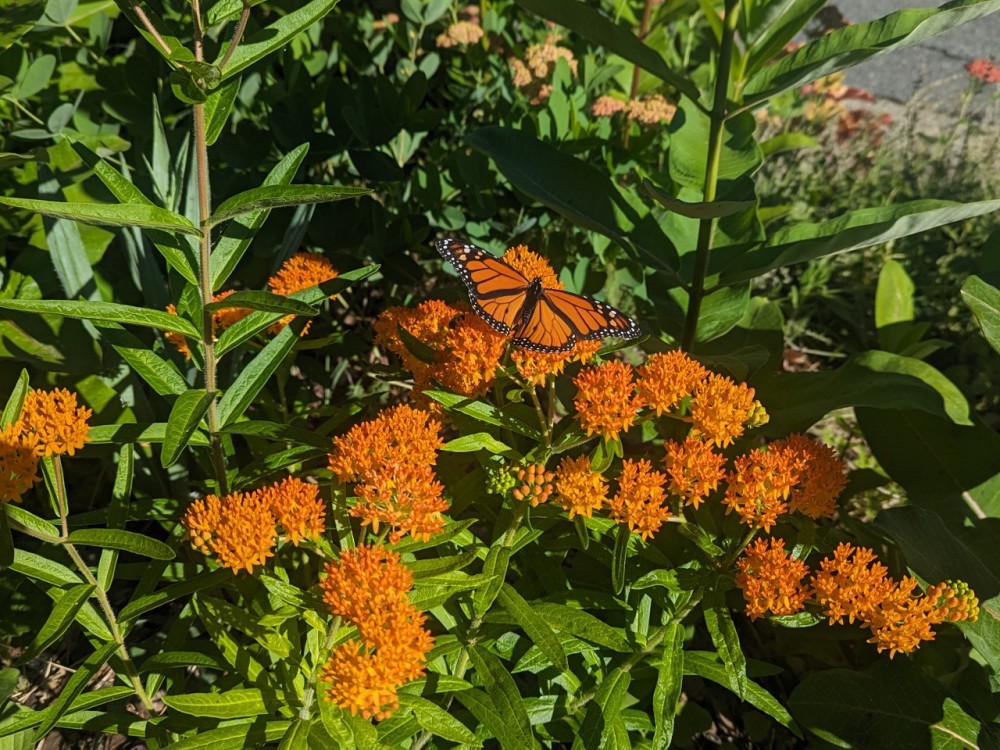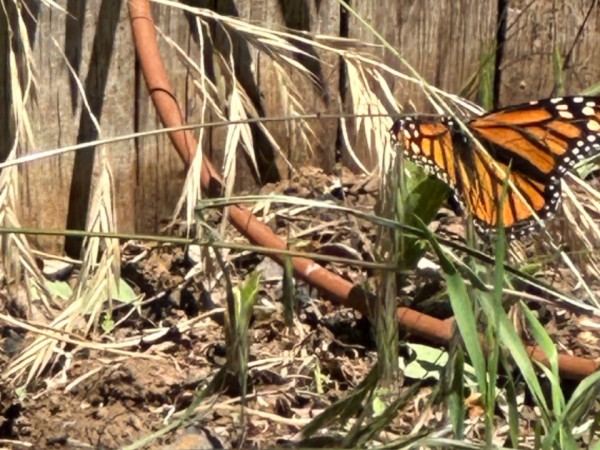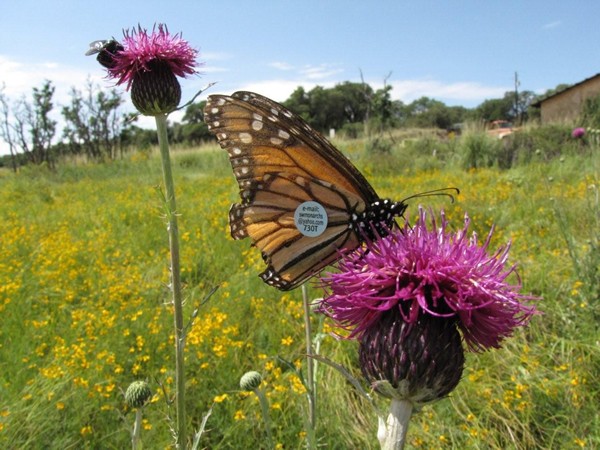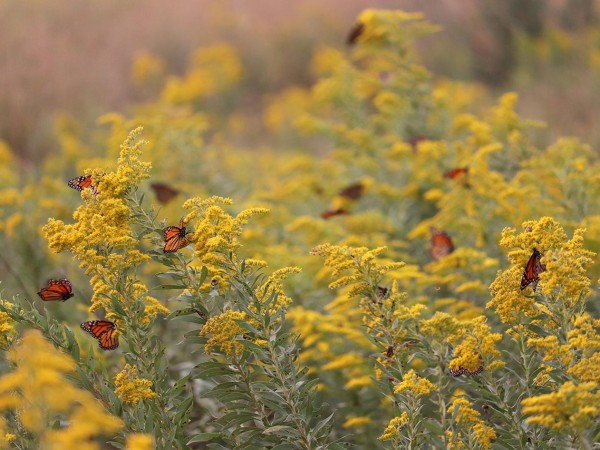It's Pollinator Week! Celebrating monarchs and other pollinators
It's Pollinator Week. An ode to the pollinators, plus updates from the eastern and western monarch populations.
It's Pollinator Week, and while we celebrate monarchs and hummingbirds just about year-round here at Journey North, it's always a great occasion to give a little more recognition to our pollinator species like bees, moths, bats and other butterflies, to name a few.
Pollinator Week, organized by the Pollinator Partnership, is an annual week to raise awareness of the critical role pollinators play in the ecosystem and what we can do to help make sure that they're able to do their jobs: keeping nature in balance and sustaining food systems for both humans and the rest of nature.
Read more on the importance of these small but vital species here.
Western monarch update
Gail Morris has provided another update from western North America.
“As the Summer Solstice draws near, monarchs are surging into Oregon and Idaho with reports they are touching the Washington state border. Monarch movement now gradually stops as they set up breeding grounds across the entire West. Keep your eyes open for monarchs as you celebrate the warm days of summer!”
Eastern monarch update
Summer might not officially start until Thursday, but for many people in North America, it feels like the season is already in full swing. At the home base of Journey North in Madison, Wisconsin, that has certainly been the case following two humid, 90-degree days.
One of the positives of summer has been seeing the monarchs’ return and movement into the next stages of the life cycle. Journey North participants have been busy watching the butterflies, and have sent in some great photos along with their sightings.
Did you know?
Do you know how to tell the difference between a male and female monarch butterfly?
Males have thinner veins and a black spot on the top surface of the hindwing. You can see this spot when the wings are open and sometimes when they're closed, as well. Not always easily visible is a difference in the shape of the end of the abdomen, and females also tend to be slightly darker than males.
Click here to see photos of males and females. Next time you see one basking in your garden or nectaring on flowers, you'll be able to tell which sex it is!
When you see monarchs near you and report them to Journey North, whether the butterfly was a male or female is just one thing you can add to your comments. Report your observations today by visiting https://journeynorth.org/sightings/








